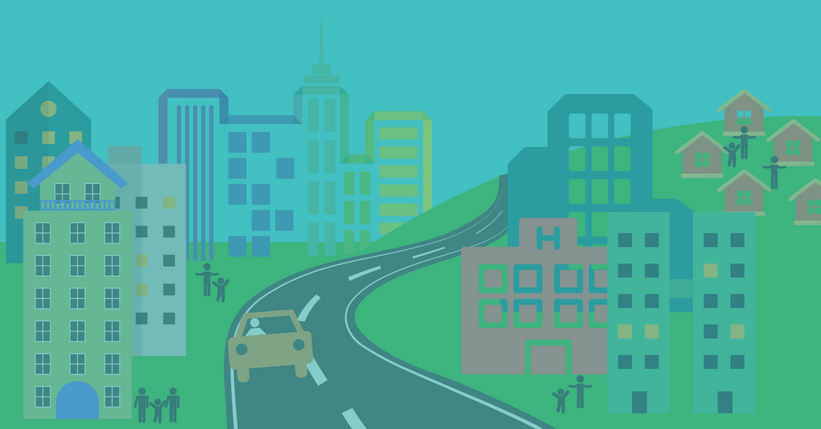
Communities across the U.S. and around the world are making big commitments to clean energy and environmental sustainability more broadly. According to a 2018 report from the CDP, more than 100 cities get most of their electricity from renewable energy sources—up from just 42 in 2015. Plus, a growing number of communities ranging from London, England to Norman, Oklahoma and Eau Claire, Wisconsin are making commitments to clean energy and carbon neutrality.
These are exciting times. Advocates are working really hard to garner support for local resolutions and increasingly their efforts are successful. As more local leaders recognize the advantages of committing to a clean energy future we can expect the pace of climate commitments to increase, with ever more communities committing to significant reductions in local greenhouse gas emissions.
Committing to Sustainability
Making a commitment is incredibly important—it’s the impetus for setting clear goals, measuring progress against those goals and, most important, taking action to reach those goals.
In many respects local community leaders will face the same challenges businesses have faced in setting aggressive sustainability goals. The leaders need to assess current practices and then create a strategy whereby they identify and address opportunities (starting with the easiest) while also sharing results in a way that builds momentum and support for the subsequent (always more difficult) efforts.
For cities that have under-invested in energy efficiency, some of the first actions to reduce emissions through energy efficiency are likely to pay for themselves immediately. We’ve seen lighting projects in public facilities, for example, where savings exceeded the cost of the retrofit within the first month of operations. (Yes, the savings paid for the cost of new lights and installation within 30 days—which is why these are typically the first projects for most communities.)
Over time, though, identifying and achieving savings is more challenging. Whether talking about electric usage in buildings, recycling rates or commuting patterns, there are simple things a green team can identify and implement and then there are issues that require everyone’s cooperation to address. Achieving zero waste in a building, for example, requires everyone to recycle and compost appropriately. Similarly, reducing a building’s electric usage often starts with controls that manage heating, cooling and lighting but one can’t achieve deep savings until you engage building occupants about plug load. After all, a recent study by Seventhwave found that 55% of the remaining energy load in high performance buildings is plug load.
That means local leaders must inspire everyone to do their part if they want to achieve aggressive climate goals.
Sustainable Communities Webinar Series
Happily, we’re here to help. At Cool Choices we partner regularly with sustainability leaders to engage and inspire stakeholders to adopt sustainable practices. Based on our first-hand experiences as well as the behavior change literature, we’ve developed a set of best practices and lessons learned and we’ll be sharing those with local leaders this fall.
With support from the Carolyn Foundation, Cool Choices is offering four free webinars this fall that support Sustainable Communities. Our focus is on helping civic leaders facilitate broad participation in their local efforts. We’ll talk about how to frame opportunities to maximize participation, we’ll talk about strategies for building social capital, and we’ll give concrete examples.
Cool Choices is also offering deeply-subsidized one-on-one consulting to community leaders in Iowa, Minnesota and Wisconsin as part of this effort. The consulting is an opportunity for leaders to work with us on strategies for accelerating the goals specific to their communities.
We hope you’ll join us for this important webinar series!
Comments are closed.




